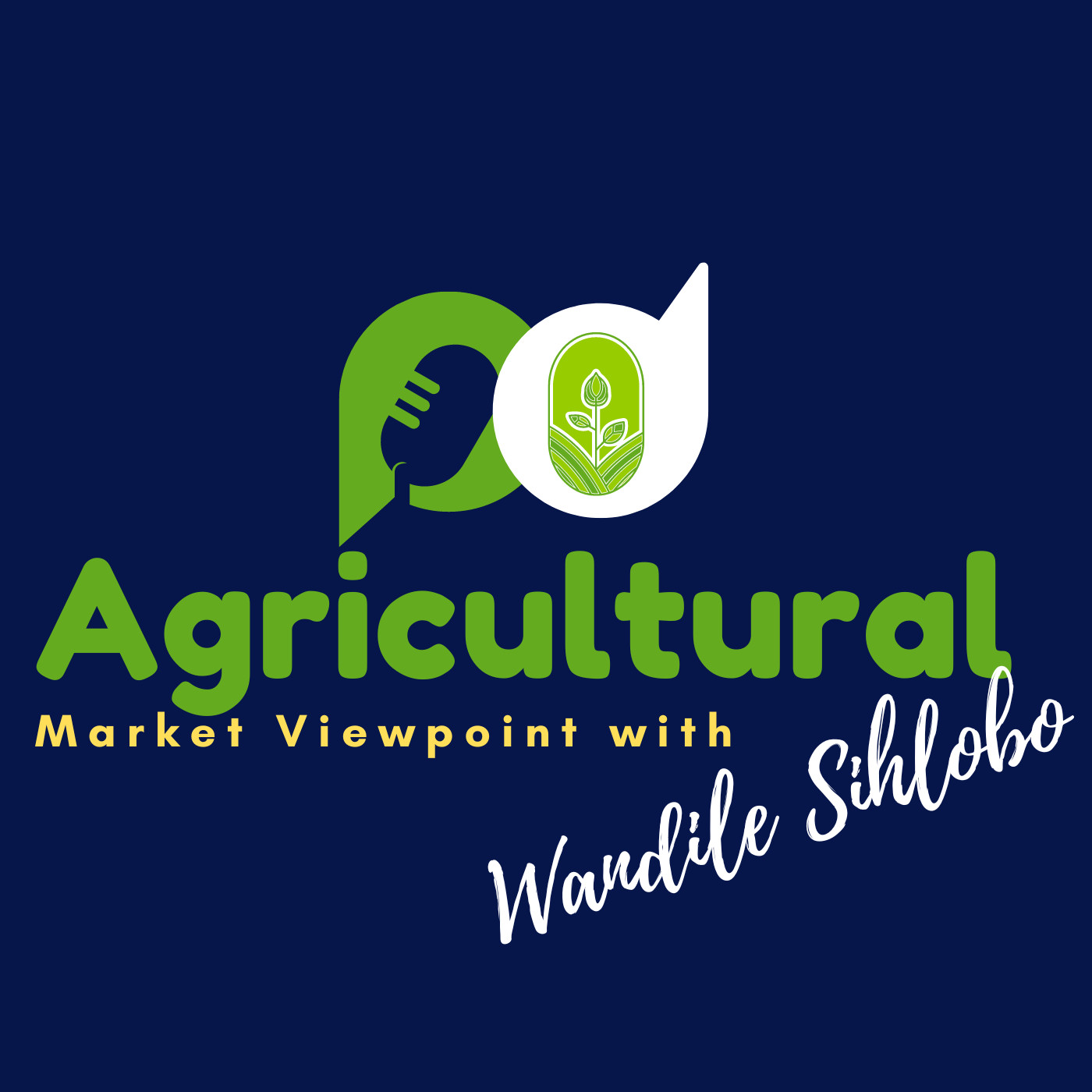SA's summer grains and oilseed production estimate slightly lowered
Description
We appreciate that the minds of many South Africans are on national elections matters, but food matters remain vital in the midst of all.
Thus, reflecting on the latest Crop Estimates Committee's (CEC) forecasts for the 2023/24 summer crop production season is valuable. This is a fourth production estimate for the season, and the harvest across the country is underway, so we may put more weight on the accuracy of this figure than our tentative view in the previous estimates.
At the end of May 2024, the CEC placed South Africa's 2023/24 total summer grains and oilseed production forecast at 15,9 million tonnes, down 0,5% from the previous month's forecast and 21% lower than the last season's harvest.
Maize
A closer look at the data shows that white and yellow maize harvest could be 6,4 million tonnes (down 0,9% m/m) and 6,9 million tonnes (down 0,3% m/m). These revisions place the total maize production estimate at 13,3 million tonnes (down 0,6% m/m).
When viewed annually, white maize harvest is down 25%, with yellow maize down 13% from the 2022/23 season. The expected harvest of 13,3 million tonnes is down 19% from the 2022/23 season.
We are optimistic that this harvest may materialize, although we are unsure of the quality. Suppose we are correct; this harvest would meet South Africa's annual maize consumption of roughly 12,00 million tonnes, leaving the country with over a million tonnes for exports.
With that said, maize prices will likely remain elevated for some time because of potentially tighter supplies later in the season.
Oilseeds
The 2023/24 soybean harvest was lowered by 2% from last month to 1,7 million tonnes (down 36% y/y). This annual decline results from lower yields in various regions of South Africa. We now believe South Africa may not play a robust position in soybean exports like the previous season. If anything, soybean oilcake imports this new season are now a possibility.
Meanwhile, the sunflower seed harvest estimate was again lifted from last month by 6% to 649 250 tonnes (down 10% y/y). The area plantings are moderately down from the previous year, which means the primary driver of the annual decline in the harvest is the expected poor yields, especially as most of South Africa's sunflower seed is planted in the western regions that experienced dryness and heatwave in February and March.
Other grains
The 2023/24 groundnut harvest estimate is 54 440 tonnes (up 3% y/y), sorghum is at 95 830 tonnes (up 2%), and dry beans are at 52 190 tonnes (up 4%).
Concluding remarks
The current production data illustrates the scale of damage caused by the mid-summer drought to the South African agricultural sector. The complete scale of the financial impact of this drought on the farming businesses is yet to be clear.
Still, from a consumer perspective, South Africa is not in a crisis, in our view. The recent drought presents upside risks to food price inflation but not the overall basket. The challenge is primarily the white maize, especially considering the potentially more robust regional demand later in the year.
Listen to the podcast for a detailed reflection.
My writing on agricultural economic matters is available on my blog: https://wandilesihlobo.com/
Podcast production by Lwandiso Gwarubana, Richard Humphries, and Sam Mkokeli
More Episodes
Published 06/18/24
The collaboration between Transnet, organised business and agriculture sector stakeholders to improve efficiency at SA ports must go on. Efficient logistics are the lifeblood of SA agriculture and other exporting sectors of the economy.
Admittedly, the deciduous fruit industry faced many...
Published 06/18/24
After publishing a sharp contraction of -12,2% year-on-year in 2023 of the agricultural gross value-added performance, Statistics South Africa revised the figures to a mild contraction of -4,8% year-on-year. This revised figure is roughly in line with the expectations of various researchers, most...
Published 06/10/24


